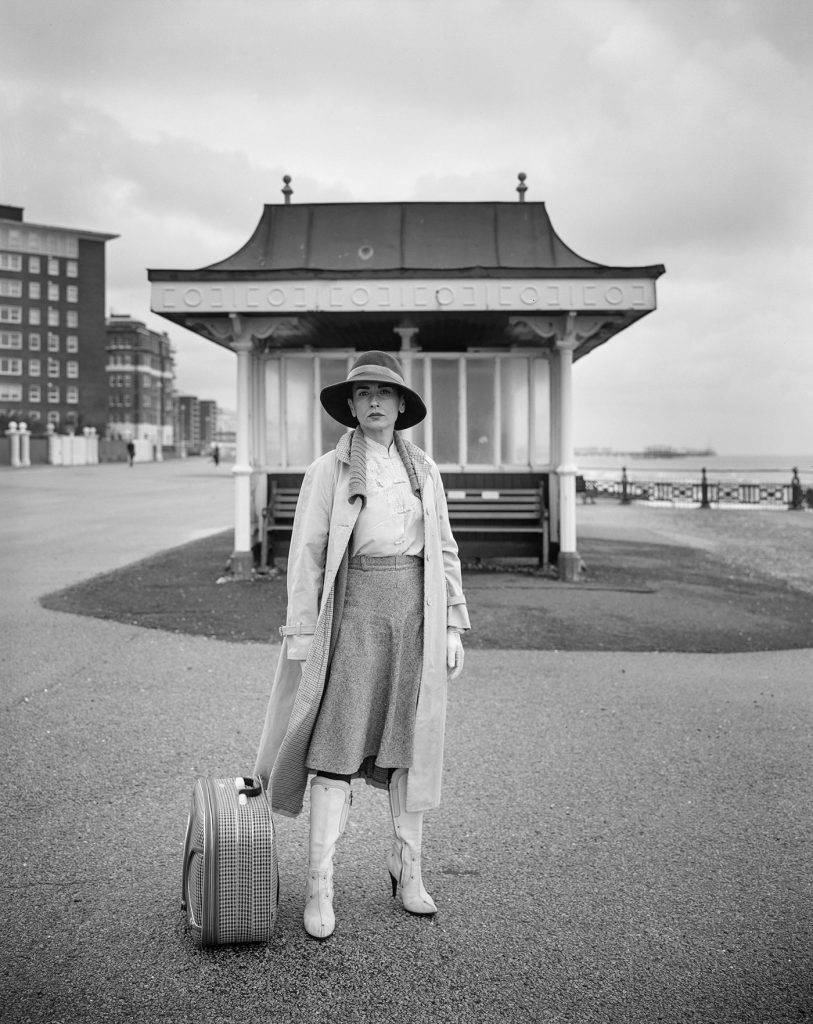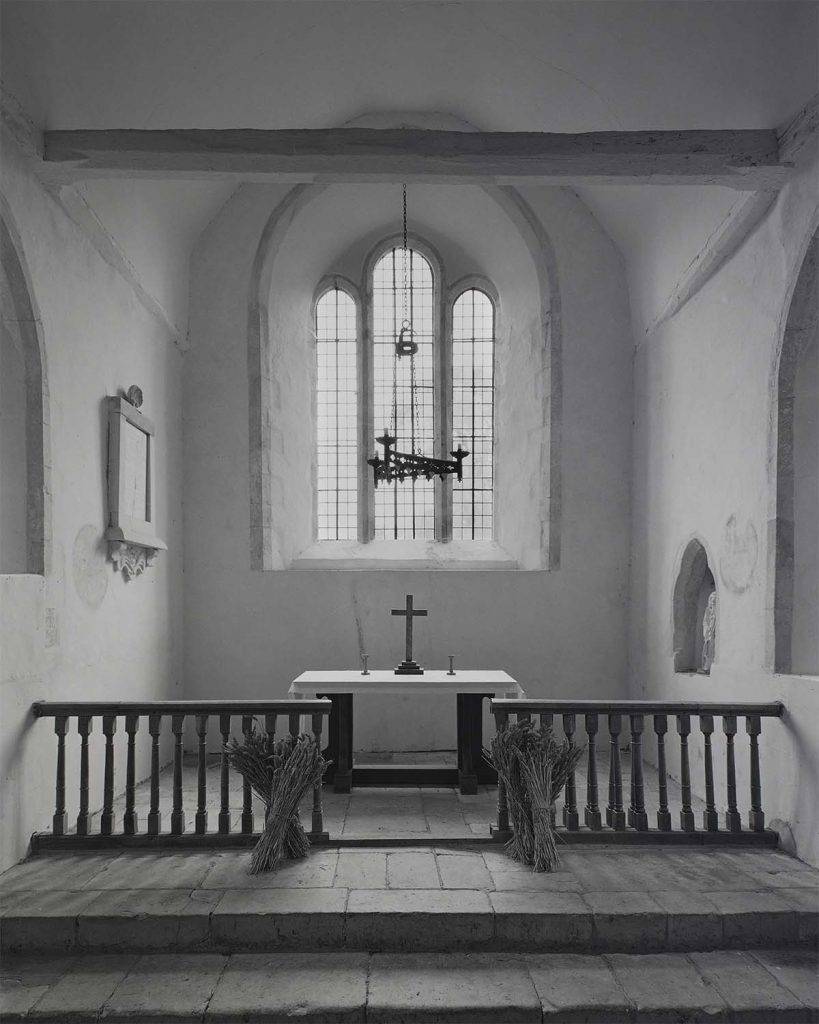
Can you still get film for that?
When I am out and about making pictures, people often ask me why I still shoot large format film. I am by no means a photography luddite. The vast majority of my commissioned work is digital. I have large and diverse set of digital cameras and lenses. Digital photography is fast, convenient and if you already have the camera sitting on your shelf – cheap.
Like anyone born before the 1990’s I learned photography on film and used it for my professional work up to the early 2000’s when I began to switch over to digital. I didn’t sell my film cameras though. Partly because their value dropped so steeply it didn’t seem worth it, but also because I felt a sentimental attachment to my old cameras and liked to use them occasionally. It is true to say though the amount of film I shot was in steady decline. I was moving away from film photography.
Then about five years ago, just by chance, I stumbled upon a large format camera in a local camera shop. I had always fancied trying large format photography, the price was right and so I took the plunge and bought it.
The learning curve.

When I got the camera home I realised just how steep my learning curve was going to be. While most 35mm and digital cameras are laid out the same way, large format cameras are designed completely differently. I now had 4 focus controls, a complete lack of automation, and lots of ways of making silly mistakes.
I had been been so used to cameras that did everything for me. The switch to a format where even your film doesn’t come conveniently loaded in a light tight cannister ready for use was daunting. In the beginning you have to expect to make mistakes. There are a lot of stages to making a picture and it’s easy to forget one of them in the early days. All of these steps can make you preoccupied with the technique of shooting and squeeze out creativity. Mistakes come at a significant financial cost. I found my early shots to be very conservative as a result.
Inevitably I had to change the way I shot. I found myself slowing down considerably and planning my shots a lot more. I’d recce locations, work out lens choices and settings in advance. Anything to free my mind once serious shooting starts.
This was the really interesting thing. I couldn’t set up the camera to suit my style of shooting To shoot large format film I had to change my technique to match the camera. For portraits I had to engage and talk to my sitter a lot more. The camera is comparatively slow to operate, and I had to fill that time up. It also meant I had to direct a lot more – I couldn’t wait for a spontaneous moment. There was little chance of capturing it.
The whole process was more involving. From loading dark slides to developing the film I felt a greater connection to the work I was doing. I was more invested in the process. As a result I felt more connected to the work I produced – it felt more like a product of my endeavours. More ‘mine’.
The Experience
One of the things that photographers rarely talk about is the experiential nature of their photography. It is not merely about end results, but the experience of producing them. I am imagine there are very few landscape photographers who don’t enjoy being out in the wilderness, or portrait photographers who don’t enjoy meeting and talking to new people.
It is the same with cameras. If you don’t enjoy using a camera, the results probably don’t matter. In the end the camera will sap your enthusiasm to shoot and the work will dry up anyway.
In the end the reason I shoot large format film is I like the process. I might be able to make very similar images with a medium format digital camera, but I doubt I’d feel the same connection to the work I produced and as I predominantly shoot large format for myself, I don’t have to justify the workflow to anyone else. It should be the same for anyone else. The journey can be as important as the destination.


Wonderful to see, just starting out myself!